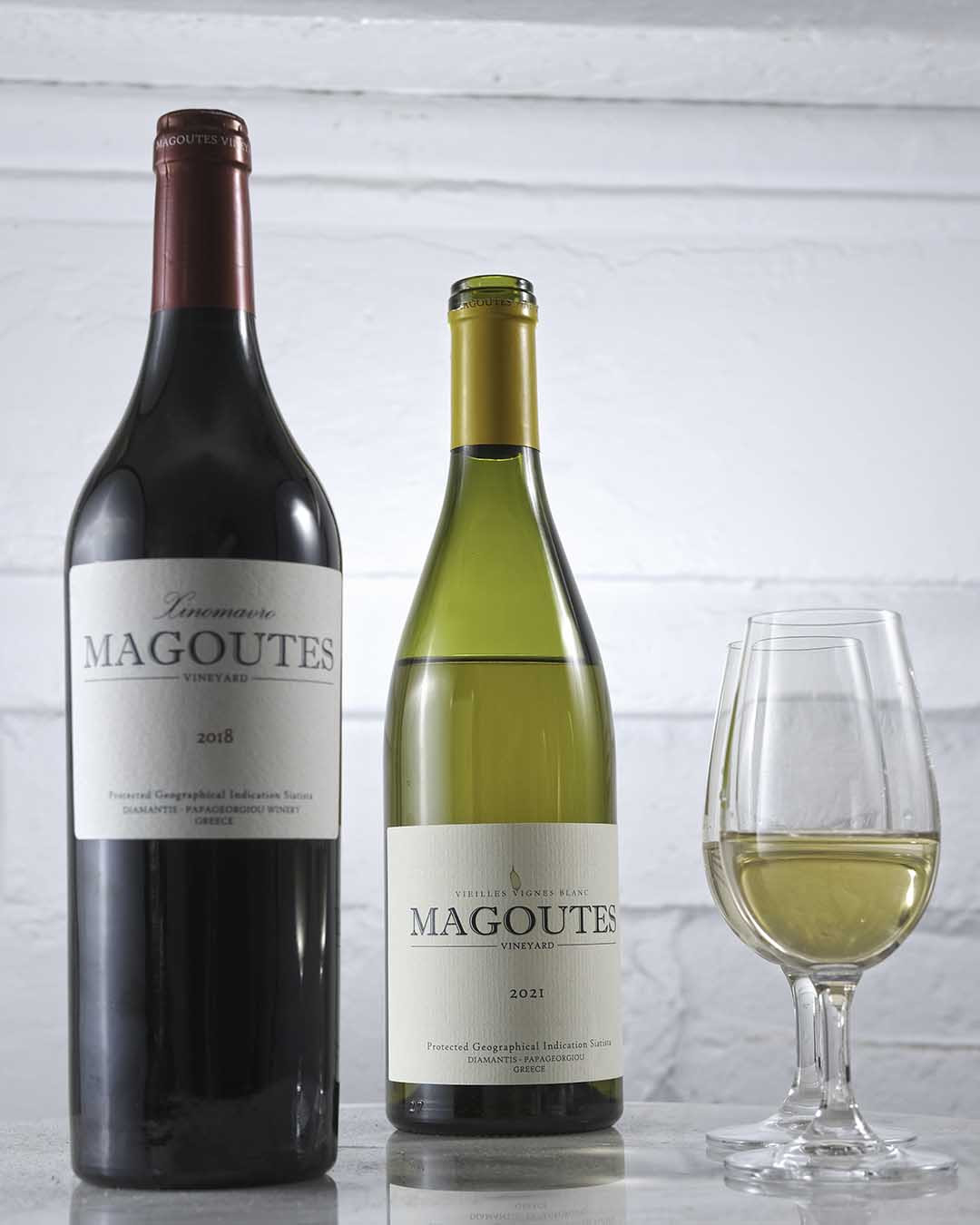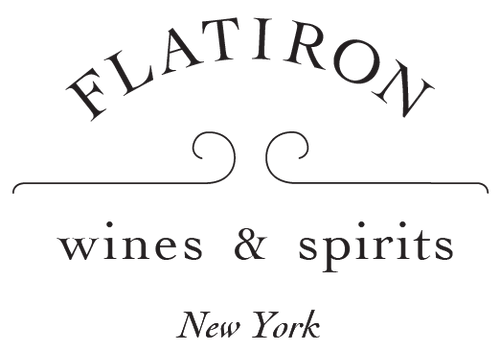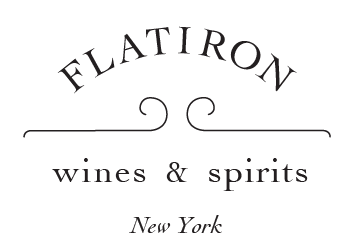A New Spin on Xinomavro on Ancient Terroir from Magoutes

Dimitrios Diamintis is nearly single-handedly bringing a lost appellation back to life. Siatista is a small town in Macedonia with a long winemaking history but not much of a present. Dimitrios is working to change that — he’s seeking PDO status that would make Siatista Greece’s 5th Xinomavro-based appellation. He’s the proud owner of a vineyard of 100+ year old vines that were hand grafted by his grandfather; in the ‘90s, Dimitrios was able to use this genetic material to replant 18 hectares.
The vines are planted on clay and limestone soils in the foothills of the Askio mountain range. High elevation, mineral-rich soils and distinctive massale selections, combined with talented hands in the cellar, make for supremely elegant and mineral-driven wines. On a visit to Greece last spring, we left completely enamored with these supple, silky, and yet still serious, wines.
Xinomavro falls just behind Assyrtiko in the pantheon of well-known Greek varieties, but it’s still mostly understood in comparison to other grape varieties from more well-known regions. Many consider Nebbiolo to be the closest analog, thanks to the high acidity, grippy tannins, and aging potential of both varieties. But not all iterations of Nebbiolo taste the same, right? So why would we assume each version of Xinomavro does?
It’s true, of course, that many Xinomavro-based wines are bold, structured, and well-suited for cellaring — not very long ago we offered a 2009 Goumenissa from Tatsis, just a 2 hour drive away from Magoutes, yet worlds apart in terms of intensity and approach — but as with Nebbiolo, some winemakers employ a softer touch. And climate, of course, plays a huge role. If we have to make comparisons, Magoutes’ Alpine climate is more akin to Alto Piemonte appellations like Carema or Lombardia’s Valtellina.
At Magoutes, elegance is the name of the game. They’re not looking for imposing tannins that need years in the cellar to mellow out; what they want is a pure expression of the grape’s character, and their beautiful terroir. A young winery — though the vines are old, the domaine was only established in 2002 — Magoutes is one to watch as Greek wines gain more of a foothold stateside. These are wines for the adventurers, for the classicists…for you!
Magoutes Vineyard, Old Vine White, 2021 $21.99
The most surprising wine — 80% of the blend is a blanc de noir Xinomavro (the white juice is quickly pressed off the red skins without picking up any color or tannin). The remaining 20% is a field blend of various local white grapes. The wine is absolutely stunning — the minerality is off the charts. This is easily one of the most unique Greek wines on our shelves.
Magoutes, Xinomavro, 2018 $34.99
Xinomavro translates to ‘sour black’, but chez Magoutes, it’s anything but. Silky, supple fruit that reminds us of Beaujolais or light, fresh red Burgundy. Red cherry and raspberry fruit is elevated by silky limestone minerality. Drink it now, drink it in 5 years; drink it with grilled meat, or drink it on its own.
|
This story was originally featured in our newsletter, where it was offered at a special subscribers-only discount. Subscribers get special offers, the first look at new discoveries, invites to events, and stories about wines and the artisans that make them. |

